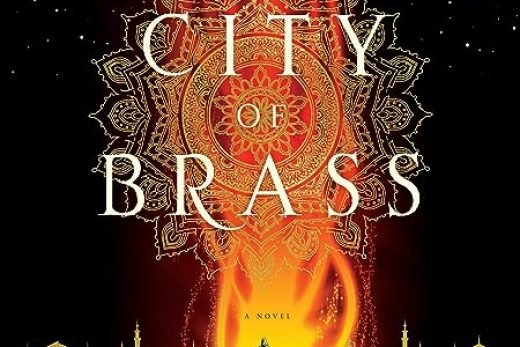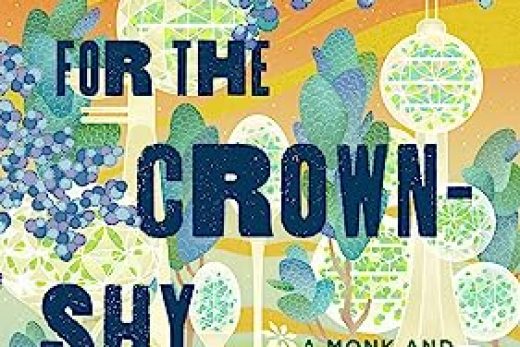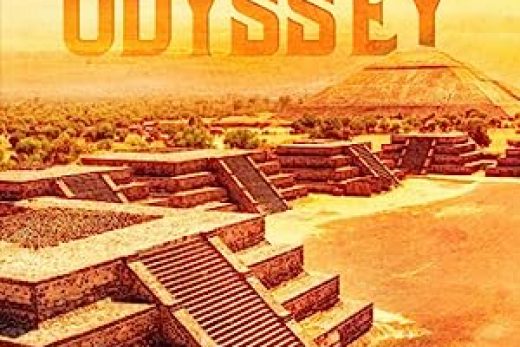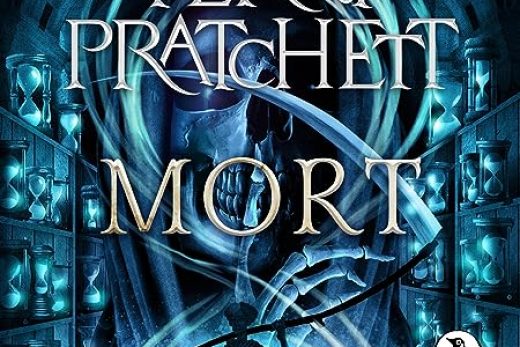Welcome to the fascinating realm of Jules Verne, a prolific author whose timeless works have captivated readers for generations. In this essay, we will delve into seven of his most celebrated novels, exploring the themes and adventures that have made his stories enduring classics. With a unique blend of science, imagination, and human emotion, Verne’s works continue to resonate with readers and inspire modern science fiction.
Journey to the Center of the Earth (1864): This thrilling adventure follows Professor Otto Lidenbrock and his nephew Axel as they venture deep into the Earth’s core, encountering prehistoric creatures and awe-inspiring landscapes along the way. Verne’s imaginative storytelling and vivid descriptions bring this underground world to life, making it a timeless favorite among readers.
Twenty Thousand Leagues Under the Sea (1870): Join Captain Nemo and his crew aboard the Nautilus as they explore the depths of the ocean. This underwater odyssey explores themes of science, technology, and the human spirit as Verne challenges readers to question the limits of human achievement and the ethical implications of technological advancements.
Around the World in Eighty Days (1873): Follow the adventures of Phileas Fogg and his loyal companion Passepartout as they race against time to circle the globe. This classic tale is a testament to Verne’s ability to create memorable characters, and it emphasizes the importance of perseverance and determination in the face of adversity.
The Mysterious Island (1874): A gripping tale of survival and ingenuity, this novel tells the story of a group of castaways stranded on an uncharted island. Using their wits and the island’s resources, they must overcome numerous challenges, eventually discovering the island’s surprising connection to Captain Nemo.
From the Earth to the Moon (1865): This prescient novel follows the efforts of the Baltimore Gun Club to launch a projectile to the moon. The story, which predates the actual moon landing by over a century, showcases Verne’s remarkable ability to blend scientific speculation with engaging storytelling.
Michael Strogoff (1876): In this thrilling adventure, a courageous courier must traverse the treacherous Siberian landscape to deliver a vital message to the Tsar’s brother. Along the way, he faces countless obstacles and enemies, ultimately proving the power of loyalty and determination.
Robur the Conqueror (1886): This intriguing novel introduces the enigmatic inventor Robur, who seeks to dominate the skies with his incredible flying machine, the Albatross. As he navigates the challenges and consequences of his ambitions, Verne explores themes of power, innovation, and the human quest for progress.

A: Jules Verne’s novels often explore themes of science, technology, human achievement, and the potential ethical implications of progress. His stories also emphasize determination, perseverance, and the indomitable human spirit.
Q: How has Jules Verne influenced modern science fiction?
A: Jules Verne is often referred to as the “Father of Science Fiction” due to his imaginative stories that blend scientific speculation with captivating storytelling. His works have inspired countless authors and filmmakers, contributing to the development of the science fiction genre as we know it today.
Q: Which novel features the iconic character Captain Nemo?
A: Captain Nemo









